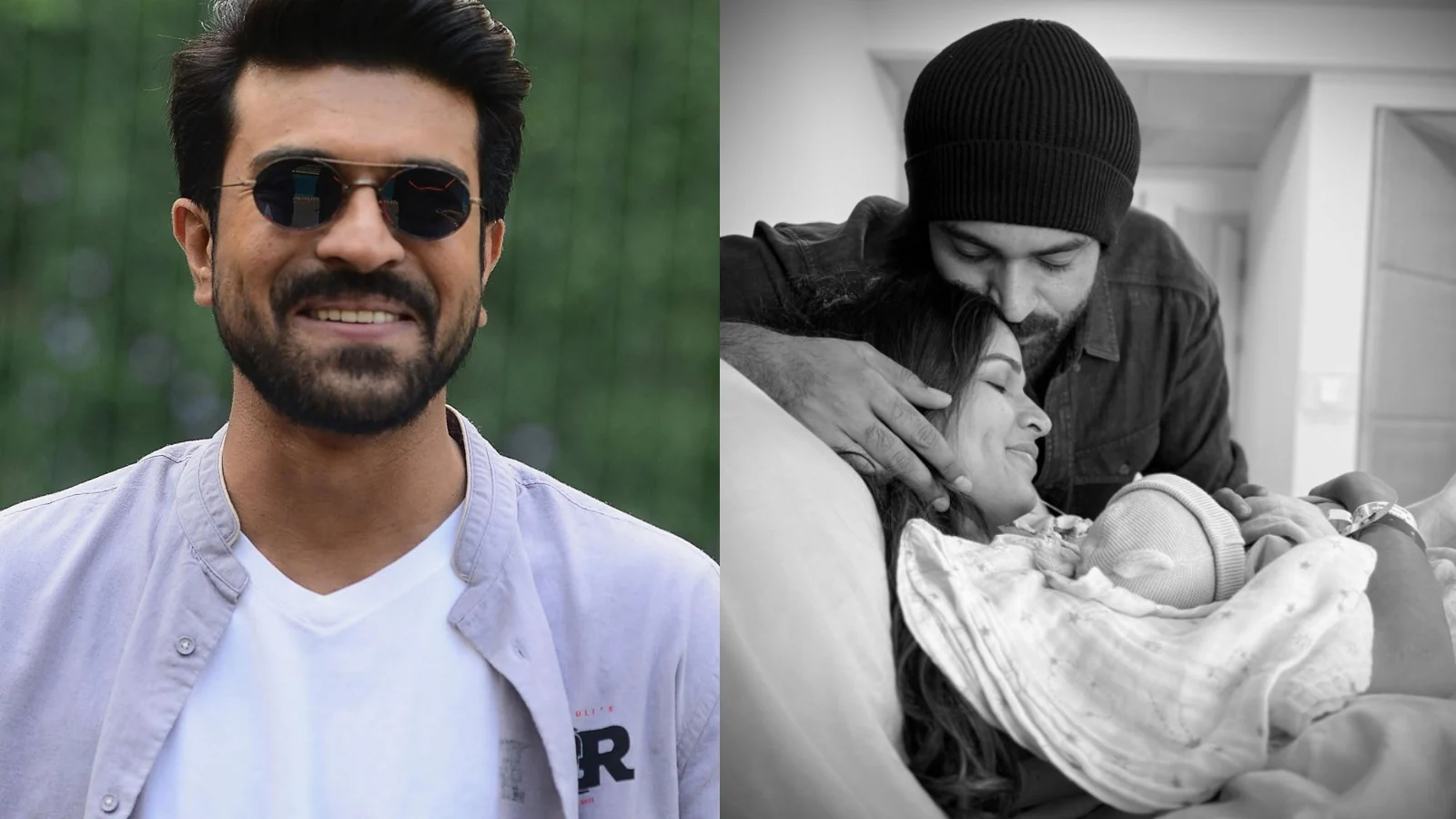
Millions of Americans were urged to take measures to reduce pollution on Tuesday, after the National Weather Service (NWS) published air quality alerts for four major Texas cities.
Why It Matters
The Environmental Protection Agency (EPA) says that people most at risk from breathing ozone-contaminated air include those with asthma, children, older adults and people who are active outdoors.
Health problems caused by ozone may include coughing, difficulty breathing, and inflamed and damaged airways, according to the agency.
What To Know
An air quality alert published by the NWS said the Texas Commission on Environmental Quality (TCEQ) had issued an ozone action day for the Austin area for Tuesday.
Additional alerts were also in effect across the San Antonio, Dallas-Fort Worth, and the Houston, Galveston and Brazoria areas, again for Tuesday.
“Ozone action day alerts will be issued for the Austin as well as the San Antonio, Houston, and Dallas areas for [Tuesday], because conditions are forecasted to be favorable for high ozone levels,” a TCEQ spokesperson told Newsweek on Monday.
The alerts advised: “You can help prevent ozone pollution by sharing a ride, walking or riding a bicycle, taking your lunch to work, avoiding drive through lanes, conserving energy, and keeping your vehicle properly tuned.”
In Washington State, an air quality alert remained in place for Chelan and Douglas Counties due to regional fires.
“Particulate matter (PM2.5) levels are expected to be unhealthy in many areas. When air quality is unhealthy, everyone should reduce exposure. Limit time outside, avoid strenuous outdoor activity, and follow tips for cleaner indoor air,” said the alert.
Meanwhile in Oregon, an air quality alert covered Lane County, also due to regional fires.
“Wildfires burning in the region combined with forecasted conditions will cause air quality to reach unhealthy levels at times through Tuesday evening,” it said.
Multiple fires were burning across the two states, according to a map from Watch Duty, which included the Lower Sugarloaf and Labor Mountain fires in Washington, and the Emigrant fire in Oregon.
What People Are Saying
AccuWeather meteorologist Brandon Buckingham told Newsweek previously: “Ozone is a secondary pollutant, meaning it’s not emitted directly from sources, but is formed through chemical reactions. These reactions require sunlight and higher temperatures, making warmer months more prone to ozone formation. When air is stagnant, pollutants don’t get dispersed, allowing ozone to build up to unhealthy levels.”
What Happens Next
The Texas air quality alerts were in effect for Tuesday, Oregon’s warning was in force until 8 p.m. Tuesday, and Washington’s was in place “until further notice.”



